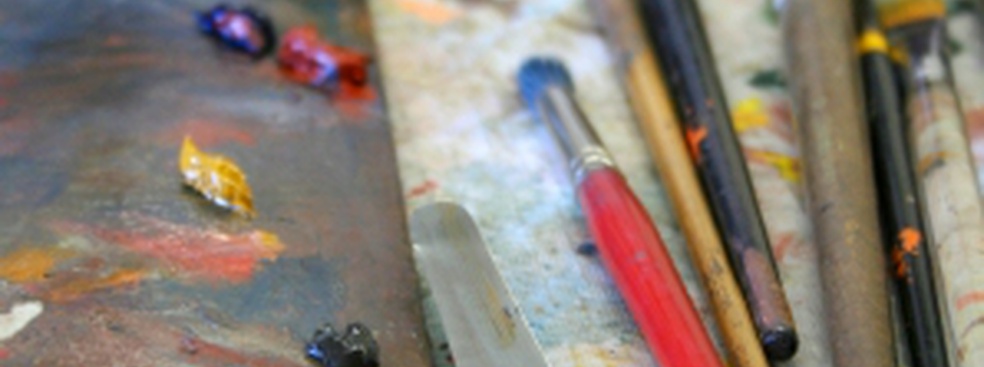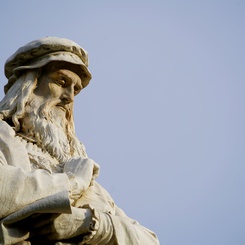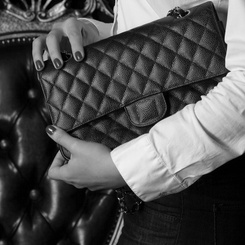Records in the art market are being broken with such a vertiginous speed that it’s become a chore just keeping up. The Top 10 most expensive paintings ever sold at auction (or privately) is in constant flux, changing at a pace that leaves the stock market look languid in comparison. One almost has to wonder why a betting industry has not grown around it – so unexpected are the twists and turns at the high end of the art market. Anyone able to guess what painting will top this list next year and how much it will fetch probably deserves to walk away with the painting itself.
Unpredictability has long characterized the creative industries. The star painters, actors, singers, and musicians command attention to an extent rarely observed in other, more traditional industries. However, given the number of practitioners in the arts over the centuries, it is remarkable how few names we retain in our collective memory – and it’s almost impossible to predict which names will be immortalized and which will be forgotten
What’s relatively new today is the growing unpredictability at the high end of the market – where the stars reside. At the Christie’s auction of Modern art a few days ago, many artworks by household names in the history of art were left unsold, while a painting of a sultry nude by Amedeo Modigliani (a Reclining Nude) fetched $170 million, far exceeding its very reasonable initial estimated value of $100 million. The estimate was based on the painting’s flawless provenance, immaculate condition, and the consensus of experts on its artistic significance. It must be readily apparent even to the untrained eye that this is a wonderfully-executed painting that superbly captures Modigliani’s style. This might just be one of those rare occasions when the exorbitant amount of money paid for a painting at auction appears to be well-justified.
Nevertheless, it is surprising how much the obtained price deviates from the expected price, based on an assessment by art experts. It surpassed the estimate by $70 million and the previous record held by the artist by $100 million. To put these numbers in perspective, imagine bidding on a house where the estimate is eventually doubled. Imagine if a house is sold for more than twice the amount obtained for a similar house by the same architect just a few years prior. In any other market this discrepancy would likely be perceived as inappropriate, or at the very least as unusual. Hardly anyone is surprised by this kind of discrepancy in the art market today. Rather, it’s indicative of a febrile market where expert judgment provides only a rough guide for the value obtained in the bidding process. This is Alice in Wonderland territory where things grow in size or shrink for reasons that are anything but obvious to the observer.
The Modigliani sale brought together an Italian artist, a French model, an English auction house and a Chinese buyer, illustrating the internationalization of the art market, where European paintings of the highest caliber increasingly leave the old continent to assume pride of place in private collections or in privately-funded public museums. This is a noteworthy development, where paintings representative of the best work of an artist serve as “anchors” for recently formed collections or for emerging museums in need of visibility and legitimacy in the globalizing art world. From this angle, any purchase price is justifiable, given that the higher the price at which a painting is bought, the greater the resultant media coverage and visibility accrued to the museum where it will subsequently reside.
What makes the art market so fascinatingly inscrutable is that a high-profile purchase is never just a mere purchase. Whatever the personal or strategic reasons for it, it sends a public signal – for example, that a certain artist, movement or period is undervalued relative to others. The recent ground-breaking sale of a Gauguin (Nafea Faa Ipoipo, or When Will You Marry? for $ 300 million in a private sale) and now Modigliani have brought renewed attention to artists who have long been overshadowed by Picasso. This will sooner or later be translated into temporary exhibitions and in a permanent boost to their commercial potential. Another discernible signal is that female beauty is back in fashion, of the kind that is tangible in its representation on the canvass, not fractured in cubes or dimensions. The record-breaking Modigliani and Gauguin paintings are visceral and immediate in their sensory impact, similar to Klimt’s portrait of Adele Bloch-Bauer I, anchoring another recently-constituted museum - the Neue in New York. There seems to be a premium placed on artworks with broad public appeal that are easily recognizable and immediate in their impact on the spectator.
If this logic is implicated in purchase patterns at the high end of the market, we have probably not seen the peak of the market yet. There is a configuration of interests and societal forces that favors the continued involvement of the ultra-rich in the art market, the purchase of marquee paintings to serve as museum anchors and the reassessment of the pecking order in prominent artistic movements from the late 19th and early 20th centuries. In the high-stakes casino that is the high-end art market, any sizeable bet soon provokes a counter-bet. From the ivory tower, here are my $10 on Picasso at $200 million within a few months.









